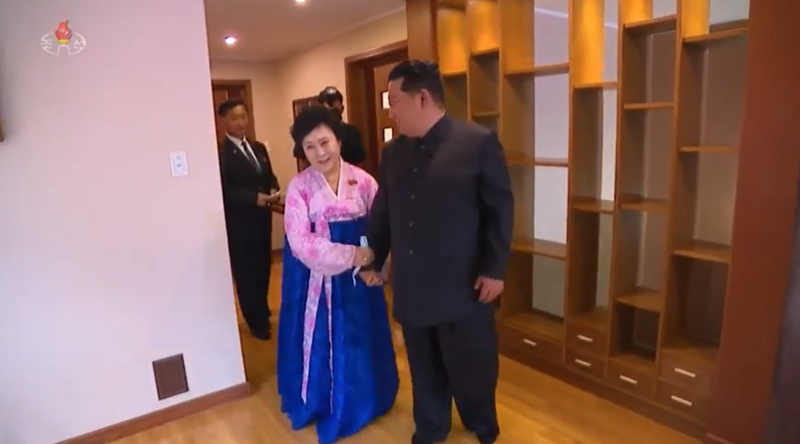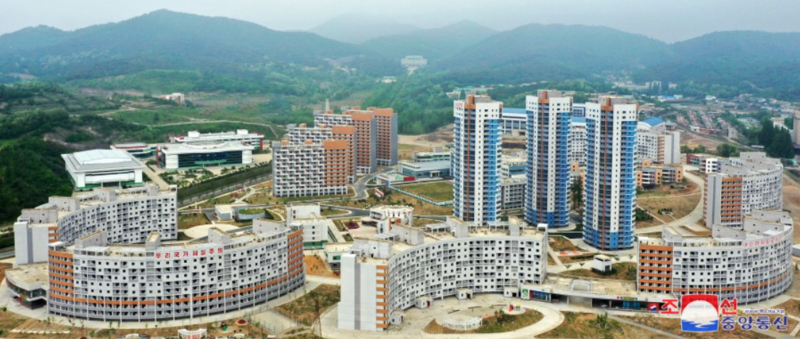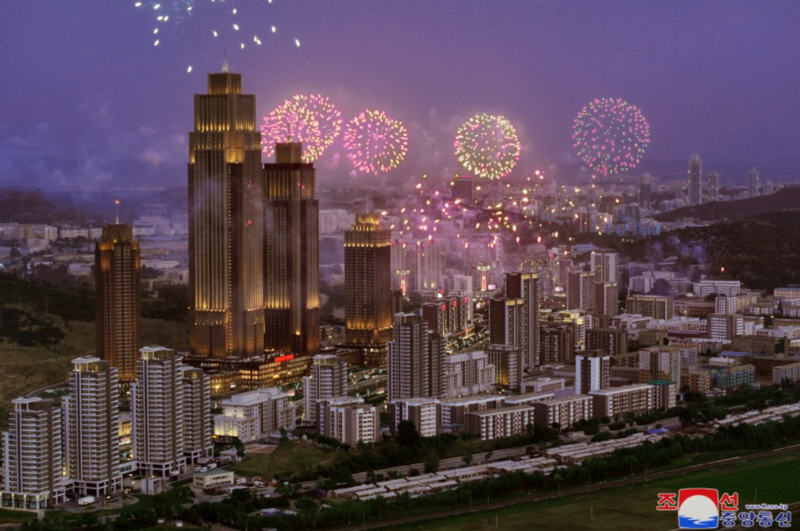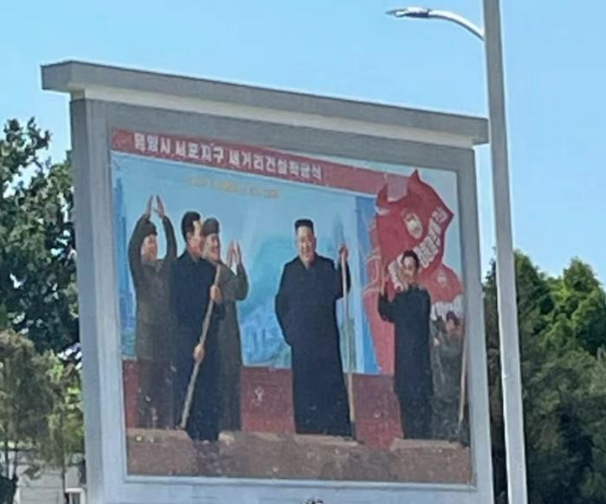Buildings in Kyongru-dong, Taephyong Area, and Jonwi Street
In previous blogs of this series, we introduced all the completed New Buildings in Pyongyang as part of the ‘50,000 New Flats Project’.
Besides those newly-built streets, North Korea has also planned and constructed several residential areas in Pyongyang independent of the New Flats Project.
That is what we are going to introduce to you in this blog - new Buildings in Kyongru-dong, Taephyong Area, and Jonwi Street.
Naming Principle of New Buildings in Pyongyang
But now you might be wondering, why aren't the names of these three places consistent?
Firstly, these three places are not part of the 50,000 New Flats Project. They do not follow the convention of naming newly built residential areas as "streets."
Additionally, in North Korea, a newly built area must receive an official decree before it is officially called a "street."
For example, before a decree is issued, instead of the name "Jonwi Street," we only know this area as the Sopho Area.
New Buildings in Kyongru-dong
Now let's take a closer look at these places in the order of their inauguration.
First comes Kyongru-dong.
Kyongru-dong is located in Pyongyang's Jung (middle) District and began construction in March 2021.
Before the establishment of the DPRK, this area used to be the residential place of American missionaries, and the Pyongyang Foreigners School was also here.
Later, this area was converted into Kim Il Sung's Mansion No. 5.
The overall colour tone of Kyongru-dong is a mix of brown, yellowish-brown, and white, complemented by grey bricks. It's a luxury residential complex that looks like a villa district from its appearance.

Picture of Kyongru-dong from KCNA.
Initially, this area was reported under the name “Pothong Riverside Terraced Residential District”. As the name suggests, its most distinctive feature is the presence of numerous terrace-shaped luxury houses.
Besides the terrace-shaped houses, there are also ordinary and standard residential buildings.
Compared to other newly-built streets, the buildings here are not very tall, with the highest only reaching about ten storeys, making it a relatively convenient and livable place.
Residents of Kyongru-dong
"Kyongru" is a name personally chosen by Kim Jong Un himself, meaning "beautiful buildings". "Dong" is the third level of administrative division in North Korea, meaning a neighbourhood within a city.
Kyongru-dong is famous not only for its luxurious buildings.
What makes Kyongru-dong even more renowned are its residents.
On April 13, 2022, during the inauguration ceremony, Ri Chun Hui was assigned an apartment in building number 7.
Ri is KCTV's number-one news anchor. Her powerful, passionate, and emotional style when reporting on leaders' revolutionary activities has made her one of the most famous North Koreans, earning her the nickname "the Pink Lady".

Ri with Kim Jong Un in her new home.
Along with Ri, Kim Jong Un also gave apartments to famous announcer Choe Song Won and Rodong Sinmun's editorial writer Dong Tae Gwan.
The Pothong Gate stands near Kyongru-dong, so after Pyongyang opens again, we'll pass by Kyongru-dong when visiting here with Koryo Tours.
Maybe you'll spot the famous Ri Chun Hui herself—if luck is on your side!
New Buildings in the Taephyong Area
Taephyong Area is a residential zone in the Mangyongdae District of Pyongyang, where construction began in late 2021 and finished in May 2023.
If you just look at the photos of this area, its circular design and blue-white-brown colour scheme make it very similar to Songhwa Street we introduced in part 2 of this series, which also started construction in 2021.

Picture of the Taepyhong Area from KCNA.
Back in 2001, plans existed to build Mangyongdae New Urban here with over 65,000 housing units, but funding and material issues later put the project on hold. Construction only resumed on a smaller scale until September 2021.
Unlike other new residential building complexes, Kim Jong Un didn't attend the inauguration ceremony here, so reports about this area are scarce.
You'll pass by this area on the way to the National Gift Exhibition Hall. Moreover, when driving on the Youth Hero Highway from Pyongyang to Nampo, these new buildings are visible from the bus.
New Buildings on Jonwi Street
At last, let's take a look at Jonwi Street.
Construction of Jonwi Street began in February 2023, with youth mainly constructing the new buildings in the Hyongjesan District of Pyongyang.
Before receiving its naming decree in December 2023, people called new buildings here the Sopho Area. In May 2024, North Korea held an inauguration ceremony for Jonwi Street.
"Jonwi" means vanguard. In many contexts, this word often pairs with "Youth" to form the phrase "Chongnyon Jonwi" (Youth Vanguard). It is the phrase you can spot on every Socialist Patriotic Youth League member’s badge.
Jonwi Street sits at the northern entrance of Pyongyang and lies on the route from Pyongyang Sunan International Airport to the city centre. Therefore, this will be the first large-scale new building complex we can see in the near future when arriving in Pyongyang by plane.
Landmarks on Jonwi Street
Jonwi Street's main colour scheme consists of brown, grey, and white. The building designs are very ordinary and conventional.
The most prominent landmark here is a group of residential buildings arranged in descending order of 80, 60, and 40 floors. Among these, the 80-storey residential building ranks fourth in height in North Korea.

Picture of Jonwi Street from KCNA.
Notably, Jonwi Street also features a mosaic mural of Kim Jong Un, depicting him symbolically shovelling soil at the cornerstone-laying ceremony.
Mosaic murals of Kim Jong Un are also a post-pandemic thing, first appearing in images North Korea released to the outside world in 2022.
Before 2020, we could only see mosaic murals depicting his father, grandfather, and grandmother throughout North Korea.
North Korea has announced the reopening of Samjiyon City in December 2024, and the reopening of Pyongyang is likely not far off.
Want to explore all the changes and new developments North Korea has made since 2020 by yourself? Follow our website and various social media platforms to stay updated on the latest news about North Korea’s reopening!

